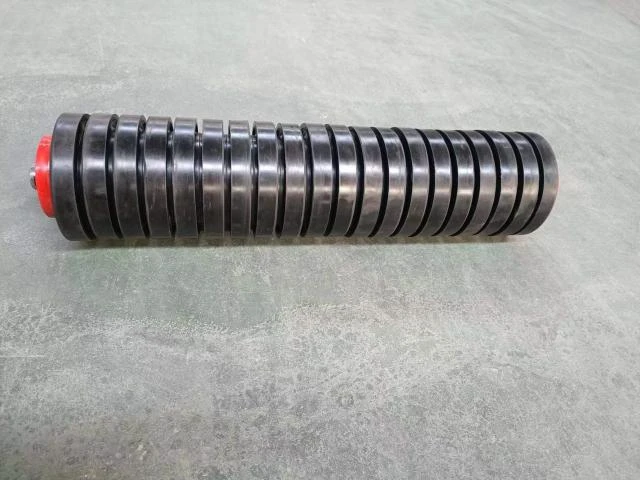 Afrikaans
Afrikaans  Albanian
Albanian  Amharic
Amharic  Arabic
Arabic  Armenian
Armenian  Azerbaijani
Azerbaijani  Basque
Basque  Belarusian
Belarusian  Bengali
Bengali  Bosnian
Bosnian  Bulgarian
Bulgarian  Catalan
Catalan  Cebuano
Cebuano  Corsican
Corsican  Croatian
Croatian  Czech
Czech  Danish
Danish  Dutch
Dutch  English
English  Esperanto
Esperanto  Estonian
Estonian  Finnish
Finnish  French
French  Frisian
Frisian  Galician
Galician  Georgian
Georgian  German
German  Greek
Greek  Gujarati
Gujarati  Haitian Creole
Haitian Creole  hausa
hausa  hawaiian
hawaiian  Hebrew
Hebrew  Hindi
Hindi  Miao
Miao  Hungarian
Hungarian  Icelandic
Icelandic  igbo
igbo  Indonesian
Indonesian  irish
irish  Italian
Italian  Japanese
Japanese  Javanese
Javanese  Kannada
Kannada  kazakh
kazakh  Khmer
Khmer  Rwandese
Rwandese  Korean
Korean  Kurdish
Kurdish  Kyrgyz
Kyrgyz  Lao
Lao  Latin
Latin  Latvian
Latvian  Lithuanian
Lithuanian  Luxembourgish
Luxembourgish  Macedonian
Macedonian  Malgashi
Malgashi  Malay
Malay  Malayalam
Malayalam  Maltese
Maltese  Maori
Maori  Marathi
Marathi  Mongolian
Mongolian  Myanmar
Myanmar  Nepali
Nepali  Norwegian
Norwegian  Norwegian
Norwegian  Occitan
Occitan  Pashto
Pashto  Persian
Persian  Polish
Polish  Portuguese
Portuguese  Punjabi
Punjabi  Romanian
Romanian  Russian
Russian  Samoan
Samoan  Scottish Gaelic
Scottish Gaelic  Serbian
Serbian  Sesotho
Sesotho  Shona
Shona  Sindhi
Sindhi  Sinhala
Sinhala  Slovak
Slovak  Slovenian
Slovenian  Somali
Somali  Spanish
Spanish  Sundanese
Sundanese  Swahili
Swahili  Swedish
Swedish  Tagalog
Tagalog  Tajik
Tajik  Tamil
Tamil  Tatar
Tatar  Telugu
Telugu  Thai
Thai  Turkish
Turkish  Turkmen
Turkmen  Ukrainian
Ukrainian  Urdu
Urdu  Uighur
Uighur  Uzbek
Uzbek  Vietnamese
Vietnamese  Welsh
Welsh  Bantu
Bantu  Yiddish
Yiddish  Yoruba
Yoruba  Zulu
Zulu Understanding Conveyor Idler Training for Optimal Performance and Efficiency
Understanding Conveyor Training Idlers A Key Component in Material Handling Systems
Conveyor systems are integral to various industries, ranging from manufacturing to warehousing, and play a crucial role in the efficient movement of materials. Among the essential components of these systems are conveyor training idlers. These idlers are not just passive components; they serve a vital function in ensuring the smooth operation and longevity of conveyor belts. This article delves into the significance of conveyor training idlers, how they work, and their benefits in industrial applications.
What Are Conveyor Training Idlers?
Conveyor training idlers are specialized rollers that help maintain the proper alignment of the conveyor belt. They are positioned strategically along the conveyor system, typically on the return side of the belt, to provide support and guide the belt back to its desired path. This alignment is crucial, as a misaligned belt can lead to various operational issues, including material spillage, increased wear and tear, and even system failures.
These idlers come in various designs, including flat, crowned, and training idlers. The selection of the appropriate type largely depends on the specific application and the characteristics of the conveyor belt being used.
The Role of Conveyor Training Idlers
1. Belt Alignment The primary function of training idlers is to keep the conveyor belt centered. A well-aligned belt runs smoothly, reducing the risk of damage and operational disruptions. Misalignment can cause the belt to drift, resulting in uneven wear and potential breakdowns.
2. Reduction of Material Spillage When a belt is properly aligned with the help of training idlers, the chances of materials spilling off the edges of the belt are significantly reduced. This not only minimizes wasted materials but also enhances workplace safety by lowering the risk of accidents.
3. Enhanced Durability By ensuring that the belt runs correctly, training idlers contribute to the overall lifespan of both the conveyor belt and the idlers themselves. Reduced wear and tear mean that equipment replacements can be less frequent, leading to lower maintenance costs.
conveyor training idlers

4. Low Friction and Noise Well-designed idlers can reduce friction and minimize noise associated with conveyor operations. This not only makes the work environment more pleasant but also contributes to energy efficiency, as less energy is required to move the belt.
Benefits of Using Conveyor Training Idlers
Integrating conveyor training idlers into a material handling system offers several advantages
- Operational Efficiency By maintaining belt alignment, training idlers ensure uninterrupted workflow and enhance the overall efficiency of the system. Reduced downtime translates to higher productivity.
- Cost-Effectiveness Lower maintenance costs and extended equipment life can lead to significant savings for businesses. Efficient operation also minimizes the need for costly repairs associated with misalignment issues.
- Improved Safety By preventing material spillage and ensuring a smooth operation, training idlers contribute to a safer working environment. Employees are less exposed to hazards posed by falling materials or malfunctioning equipment.
Conclusion
Conveyor training idlers may seem like small components within a vast material handling system, but their impact is substantial. By ensuring proper belt alignment, reducing spillage, and enhancing the durability of the conveyor system, they serve a critical function in optimizing performance and safety.
For businesses reliant on conveyor systems, investing in high-quality training idlers is a strategic decision that pays off in the long run. As industries continue to evolve and demand for efficient material handling increases, the role of these idlers will become even more significant. Understanding their functionality not only helps in selecting the right idlers but also in fostering a more effective and safe operational environment.
-
Trusted Conveyor Solutions from Leading Conveyor Idler Roller ManufacturersNewsJun.27,2025
-
Reliable Return Idler Solutions for Efficient Belt Conveyor SystemsNewsJun.27,2025
-
Precision Conveyor Accessories for Streamlined Material HandlingNewsJun.27,2025
-
High-Quality Belt Conveyor Idler Solutions for Efficient Material HandlingNewsJun.27,2025
-
High-Performance Belt Conveyor Pulleys for Reliable Material HandlingNewsJun.27,2025
-
Enhancing Material Handling EfficiencyNewsJun.27,2025





























